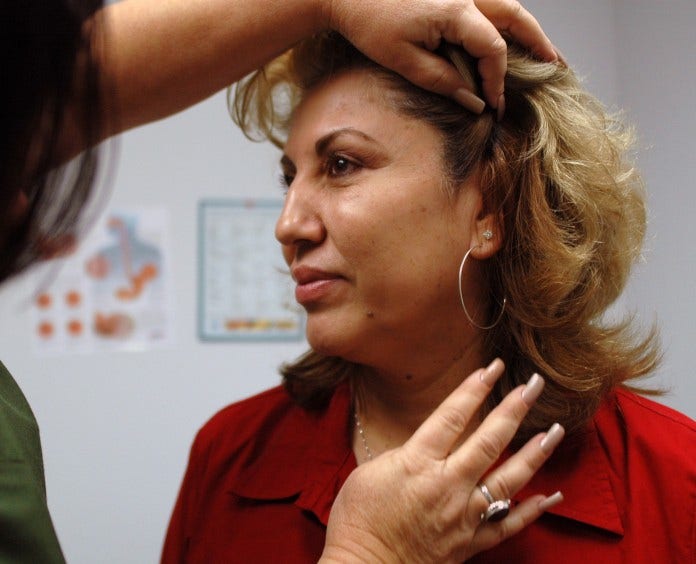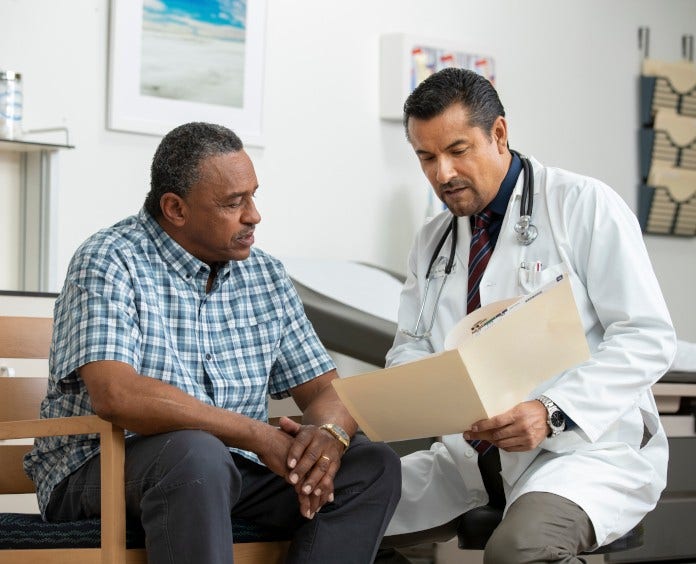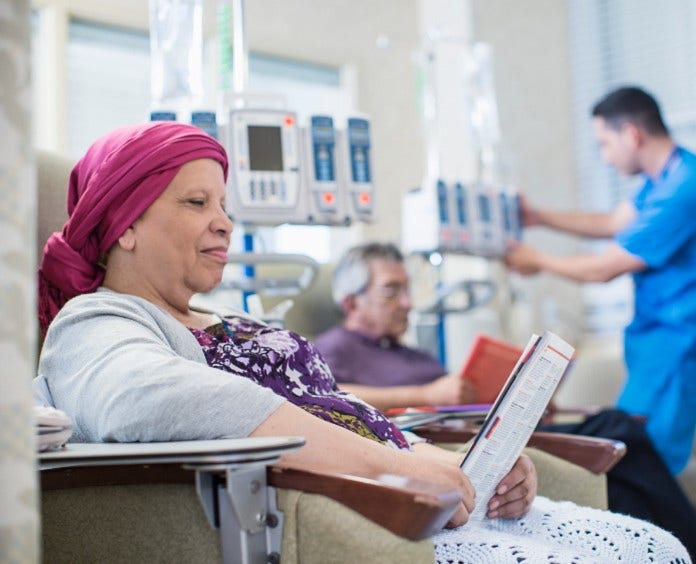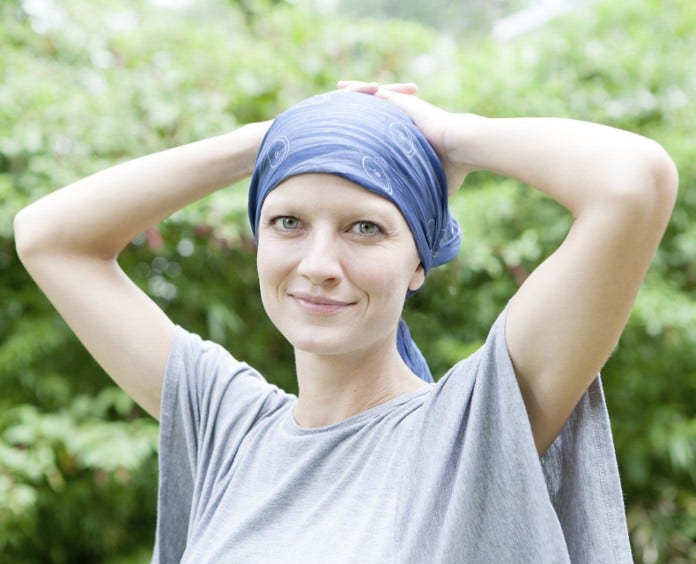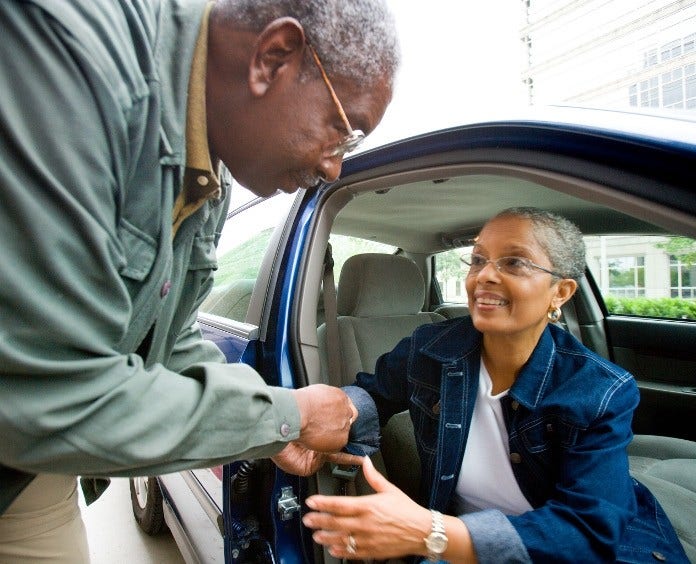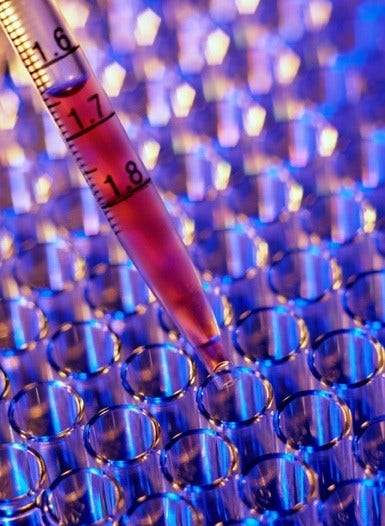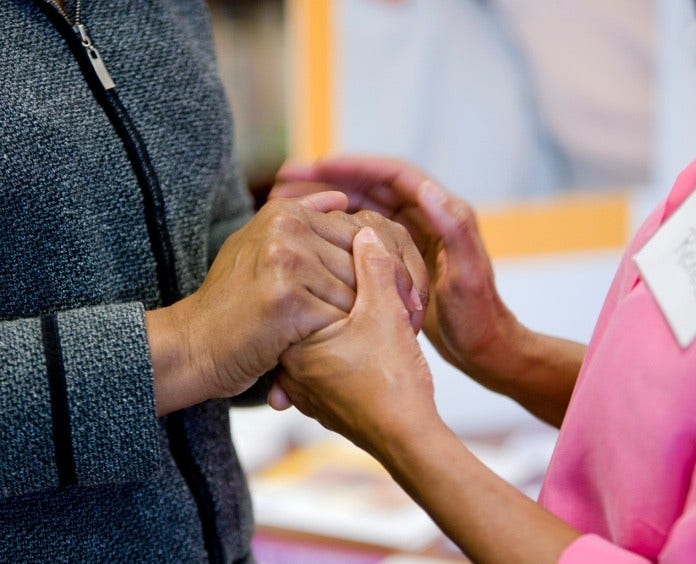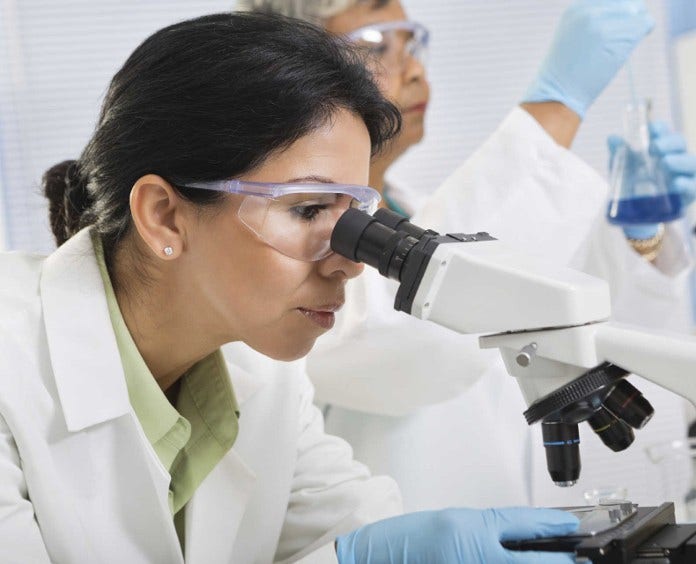Lymphoma of the Skin
Lymphoma is a cancer that starts in cells that are part of the body's immune system. Rare lymphomas that start in the skin are called skin lymphomas (or cutaneous lymphomas).
If you have a skin lymphoma or are close to someone who does, knowing what to expect can help you cope. Here you can find out all about skin lymphomas, including risk factors, symptoms, how they are found, and how they are treated.
Quick Guides
This information is possible thanks to people like you.
We depend on donations to keep our cancer information available for the people who need it most.
